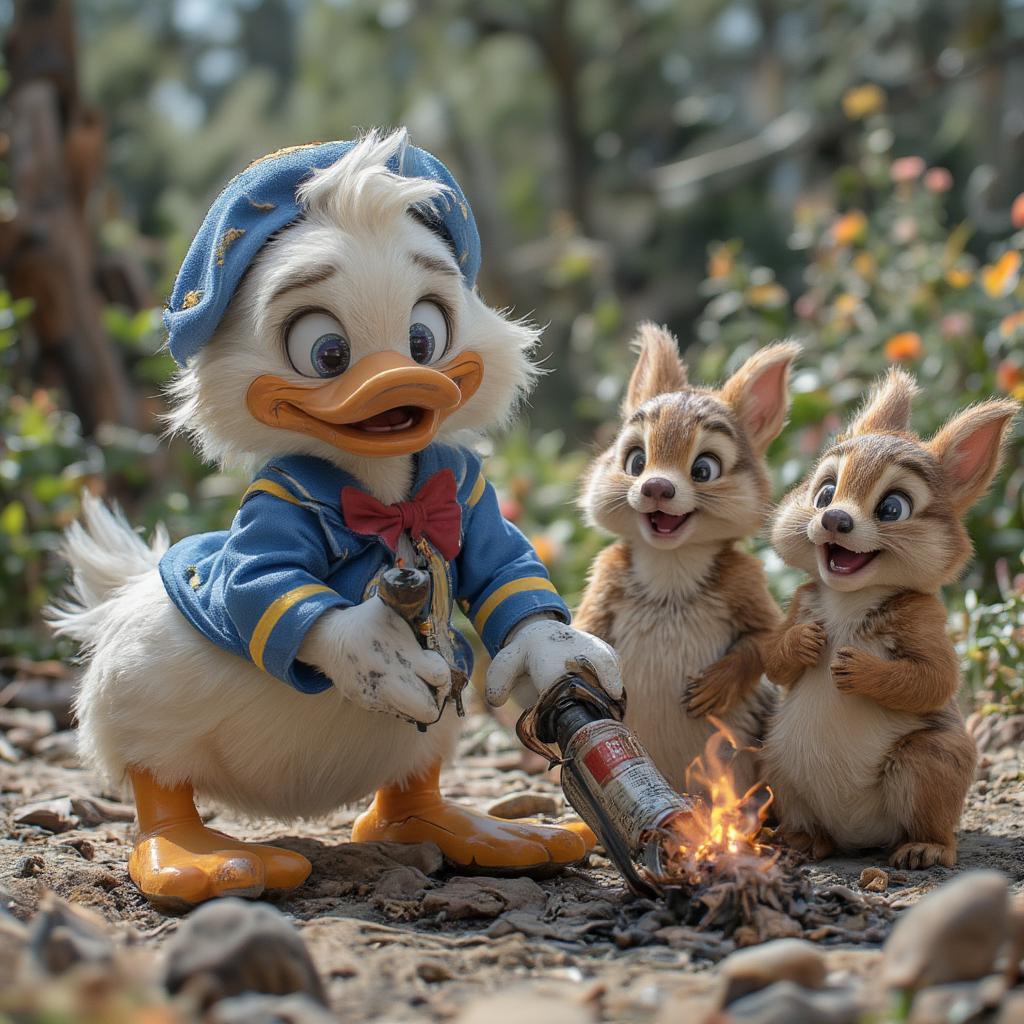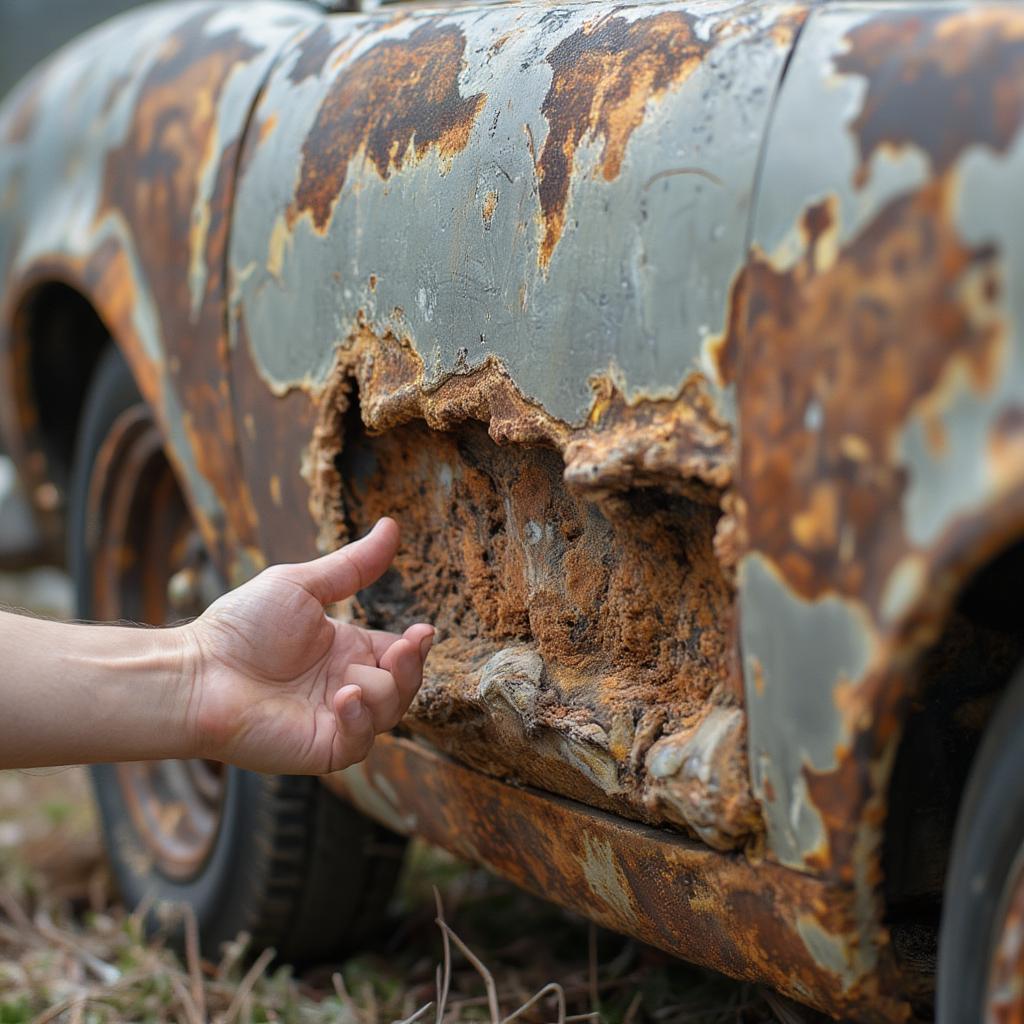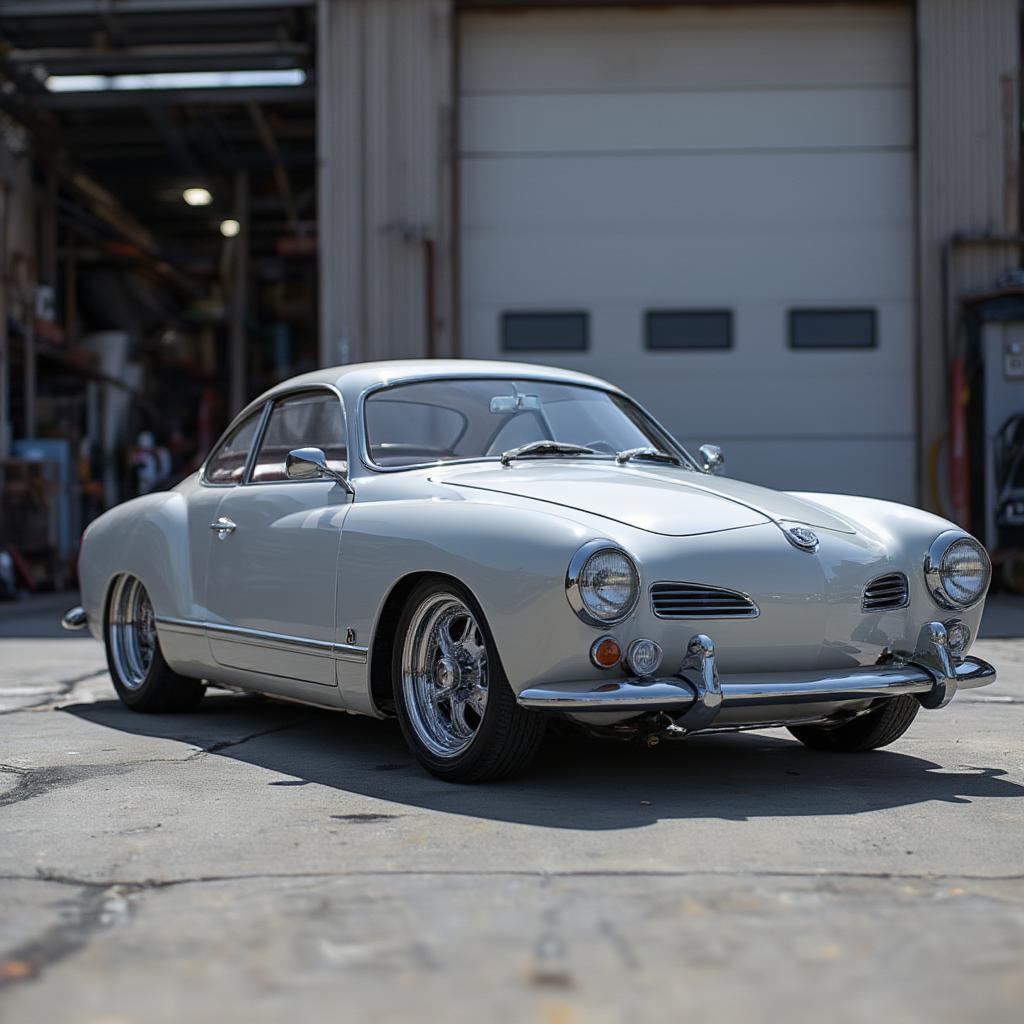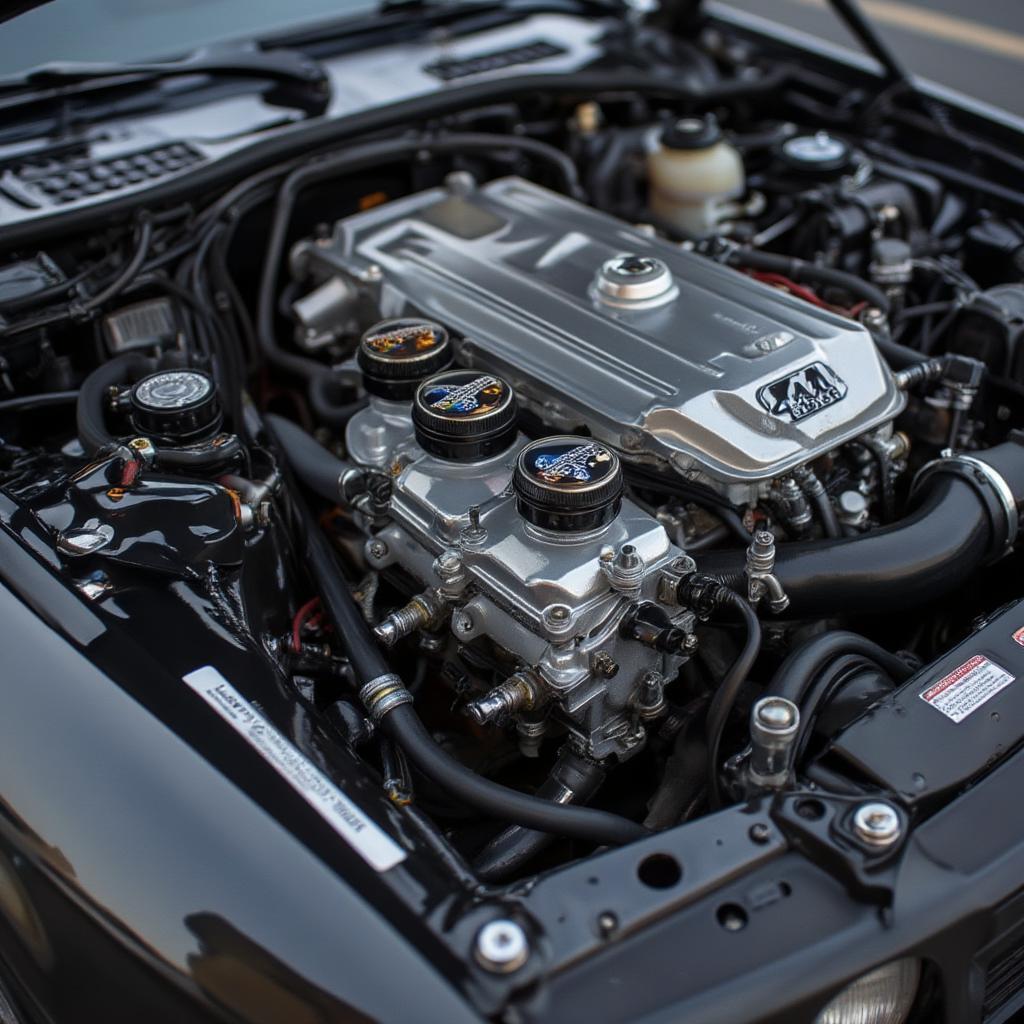Timeless Rides: Exploring Walt Disney Cartoon Classics with Mickey and the Gang
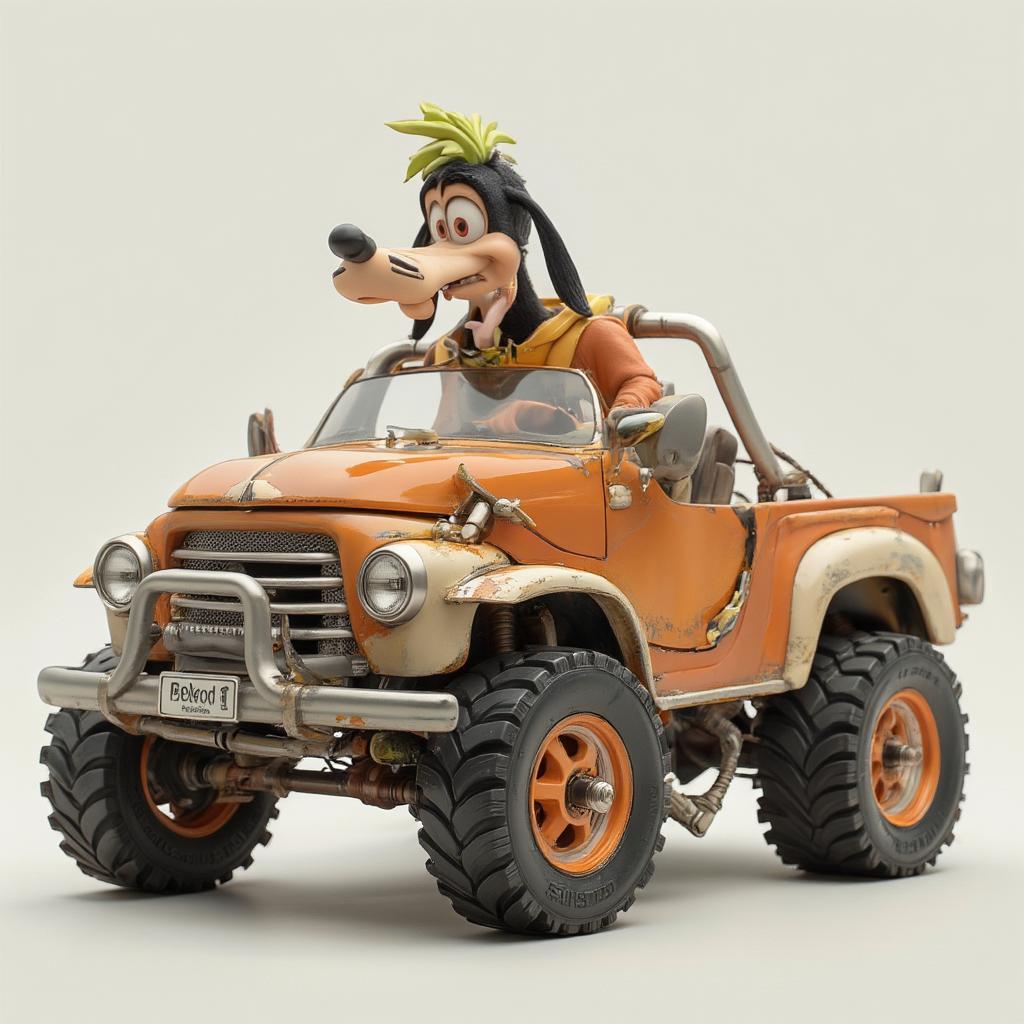
The magic of Walt Disney’s cartoons isn’t just limited to the characters themselves; it’s also about the world they inhabit, a world often filled with wonderfully whimsical vehicles. From jalopies to custom-built contraptions, the cars in Mickey Mouse and his gang’s adventures are as much a part of the story as the characters themselves. Let’s take a nostalgic drive through some of the most iconic rides from the Disney vault.
The Iconic Vehicles of Mickey and Friends
The charm of early Disney cartoons is undeniable, and a large part of that comes from the vehicles our beloved characters use. These aren’t just generic cars; they’re often extensions of the characters’ personalities and the zany situations they find themselves in. These animated automobiles often embody the era’s design sensibilities, while also injecting a touch of cartoonish exaggeration. The vehicles often reflect the early to mid-20th century automotive designs, but with a Disney twist.
Mickey’s Roadster: A Classic With Character
Mickey’s vehicles aren’t always elaborate, but they are always instantly recognizable. His roadster is an essential element of his character. More often than not, this is a simple, open-top car that exudes vintage charm. Its classic lines and round headlights are quintessentially Mickey, and it’s a vehicle that’s seen him through countless escapades. The car often transforms depending on the episode’s needs, from a simple runabout to a racing machine. It’s a testament to the ingenuity and adaptable nature of Disney’s storytelling.
Donald’s Distinctive Drives
Donald Duck, never one to be outdone, often pilots a variety of vehicles, each as temperamental as he is. From beat-up cars sputtering their way through cartoon streets to somewhat more substantial, yet equally chaotic, trucks and delivery vehicles, Donald’s rides are always a source of amusement. His cars often mirror his personality: a bit clumsy, a bit explosive, and never quite predictable. These comical contraptions regularly suffer from mechanical mishaps, adding to the slapstick humor of his antics. These vehicles are never dull, and they add to the unpredictable nature of Donald’s cartoons.
Goofy’s Goofy-mobiles
Then we have Goofy, whose vehicles are as endearingly awkward as he is. His cars aren’t just transportation; they’re an extension of his personality. Expect the unexpected when Goofy’s at the wheel, with his cars often falling apart, transforming into something completely different, or defying the laws of physics. His vehicles add an element of visual comedy, emphasizing the often absurd nature of Goofy’s world. Goofy’s vehicles often look like they were built from spare parts and always seem to be one step away from total collapse, which adds to their charm.
Technical Details and Design Influences
Beyond the characters, let’s delve a bit into the technical aspects of these cartoon cars. The animators at Disney, while often using exaggerations for comedic effect, did draw a great deal of influence from real-world vehicles. The 1920s and 1930s were a particularly interesting era for car design, and this is evident in many of the automobiles featured in Disney’s cartoons. Cars from brands like Ford and early Chrysler models clearly inspired the classic looks of these animated vehicles, although exaggerated. These visual cues add a touch of reality to the fantasy world of Mickey and his friends.
How Did Real-Life Cars Influence the Cartoons?
The shape and proportions of the vehicles were heavily inspired by the vintage cars of the early 20th century. The rounded fenders, large grilles, and long running boards are typical of cars from that era. However, Disney’s animators would then add their own unique touches: exaggerated proportions, improbable mechanical gadgets, and a vibrant color palette that further distinguishes these animated vehicles from their real-life counterparts.
“The attention to detail in recreating these vintage vehicles, while simultaneously adding a layer of cartoonish exaggeration, was a key factor in making these vehicles as memorable as the characters themselves,” notes automotive historian, Dr. Eleanor Vance.The Use of Color and Character Design
Beyond shapes, the use of color is also a key component. Bright reds, yellows, and blues are frequently used, not only to make the vehicles stand out against the backgrounds but also to reflect the characters’ personalities. The color choices often support the overall mood of the scenes. Furthermore, the designs of the vehicles are often reflective of the characters who drive them, with Goofy’s cars often as haphazard as he is, while Mickey’s tend to be more classic and reliable.
Cultural Significance of Cartoon Cars
These cartoon cars are not just visual elements; they are also cultural icons that have shaped the collective memories of many generations. They represent a time when car design was simpler but also full of character. They remind us of a time when cars were viewed with a sense of wonder and excitement, and they continue to resonate with audiences today.
How Do These Cartoon Cars Impact Us Today?
The lasting appeal of these classic Disney cartoons speaks to the timelessness of these vehicles. They represent a simpler time and elicit feelings of nostalgia for many of us. This impact is why we often see these cars recreated in toy form or as inspiration for contemporary designs. The designs are often playful and full of personality, making them as enjoyable to look at today as they were decades ago.
The Timeless Appeal
The timeless nature of these cartoons, and by extension their vehicles, is a key reason for their continued popularity. They represent a connection to our childhoods and to the early days of animation, a period of true innovation and creative freedom. The cars in these cartoons represent not just vehicles but also symbols of adventure and the joy of cartooning itself.

Analyzing the Zany Functionality of These Vehicles
It isn’t enough for these vehicles to just look good; they often need to perform in a variety of improbable situations. One of the most entertaining aspects of these vehicles is how they transform or perform in ways that are simply not possible in the real world. They often stretch, bend, and bounce in ways that defy the rules of physics.
What Makes These Cars So Unique?
These cartoon cars don’t just transport our characters from point A to point B; they’re often a source of humor and spectacle. From tires that can inflate to enormous sizes to engines that can transform into rockets, the functionality of these vehicles is all part of the fun. They reflect the boundless creativity and the “anything is possible” mindset that was characteristic of early Disney cartoons.
Examples of Improbable Vehicle Transformations
Consider the countless instances where Goofy’s car might spontaneously grow wings, or Mickey’s car might transform into a boat. These transformations are not just arbitrary; they’re tied to the needs of the narrative and are always a source of visual comedy. They often lead to even more chaotic situations, further adding to the humor of the cartoons.
“The charm of these cartoon vehicles lies in their ability to surprise us, often in the most unexpected ways. They serve as a constant reminder that in the world of animation, anything is possible,” observes animated design critic, Mr. David Sterling.The Vehicles’ Role in Storytelling
Ultimately, these vehicles are more than just props; they are integral to the narrative. They often act as catalysts for the action, driving the plot forward and contributing to the humor and spectacle. Whether it’s a race, a chase, or a simple road trip, the vehicles are often central to the overall narrative.
How Do They Drive the Plot Forward?
The vehicles in these cartoons are rarely passive objects. They often contribute directly to the storyline, serving as both instruments and obstacles. A car chase, for example, often becomes the central focus of an entire episode, with the vehicles acting as extensions of the characters’ personalities and motivations. The interactions between the characters and their vehicles often form the backbone of these narratives.
Vehicles as Character Extensions
Just like any good character, the vehicles of Mickey and the gang add layers to their personalities. A temperamental car suits Donald’s short fuse, while a dependable roadster mirrors Mickey’s reliable nature. Goofy’s haphazard rides reflect his easy-going, yet clumsy, personality. The vehicle often become extensions of the characters themselves, adding another layer of personality.
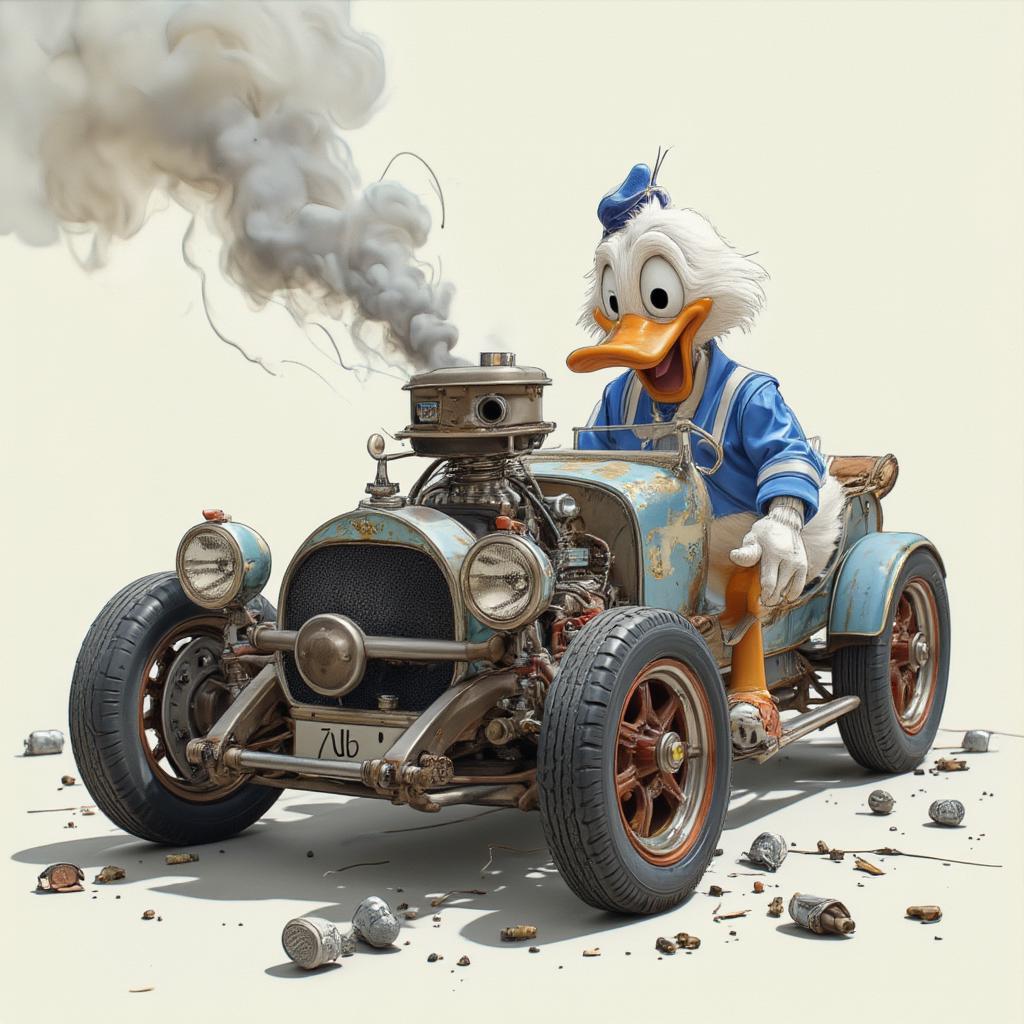
Frequently Asked Questions About Walt Disney Cartoon Classics
What inspired the designs of these classic cartoon cars?
The designs were heavily inspired by the cars of the 1920s and 1930s, with brands like Ford and Chrysler being notable influences. However, Disney’s animators also added cartoonish exaggerations and unique design elements.
Why are the vehicles in these cartoons so memorable?
The vehicles are memorable because they are often an extension of the characters’ personalities, and they are designed with a unique blend of real-world inspiration and cartoonish exaggeration.
Did the animators have any specific goals when designing these vehicles?
Yes, the animators aimed to create vehicles that were not only visually appealing but also functional within the context of their cartoons, acting as tools for comedy, action, and storytelling.
Do these classic vehicles still have a cultural impact today?
Absolutely, these vehicles have a lasting cultural impact, often evoking nostalgia and inspiring designs for toys, clothing, and even contemporary automobiles.
What is the significance of color in the design of these vehicles?
Color plays a vital role, with bright, vibrant shades often being used to make the vehicles stand out and to reflect the characters’ personalities and the overall mood of the scenes.
Are there any specific examples of recurring vehicle types used in the cartoons?
Yes, common examples include Mickey’s roadster, Donald’s various beat-up vehicles, and Goofy’s haphazard, often transforming contraptions. These recurring vehicle types contribute to the established personalities of each character.
How did the vehicles contribute to the humor in Disney’s early cartoons?
The vehicles often were a key source of slapstick humor, featuring improbable transformations, mechanical mishaps, and various physics-defying actions.
Conclusion: The Enduring Magic of Animated Vehicles
The cars in Walt Disney Cartoon Classics starring Mickey and the gang are more than just props; they’re an integral part of the magic. From the classic roadsters to the clunky, chaotic creations, each vehicle adds a layer of character, humor, and charm to the timeless stories we know and love. They are a nostalgic reminder of a bygone era of animation. These whimsical rides not only captured the spirit of early automotive design but also contributed significantly to the storytelling magic of classic Disney cartoons. Their enduring appeal continues to inspire and entertain audiences of all ages.

